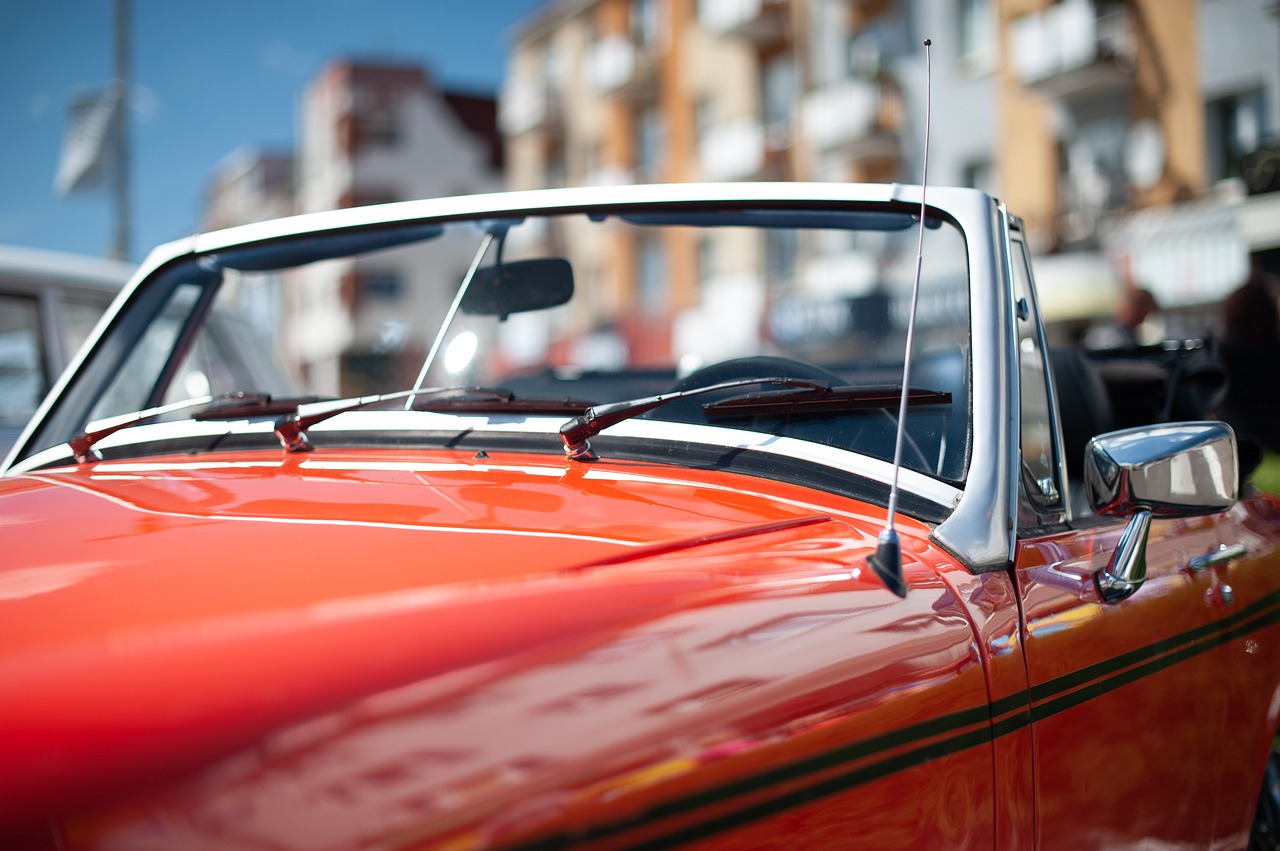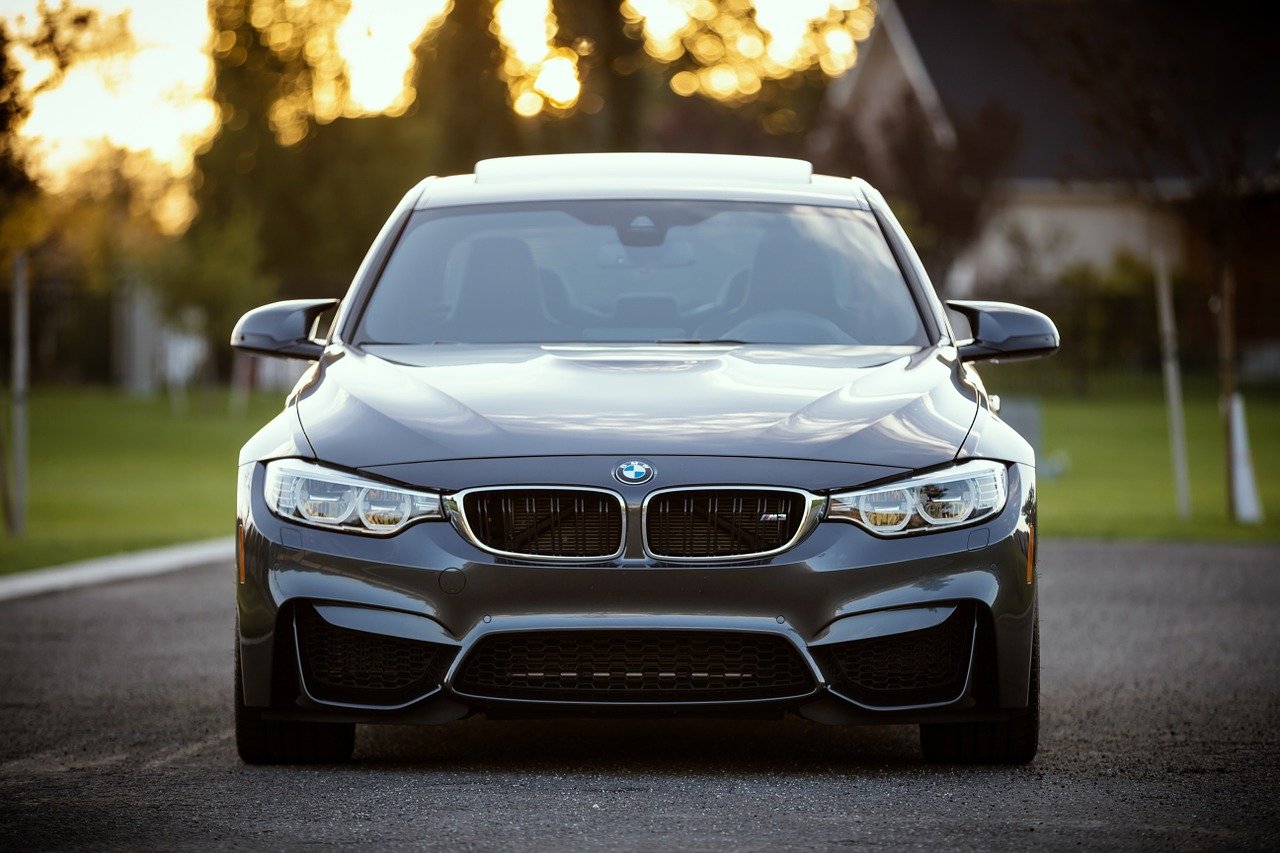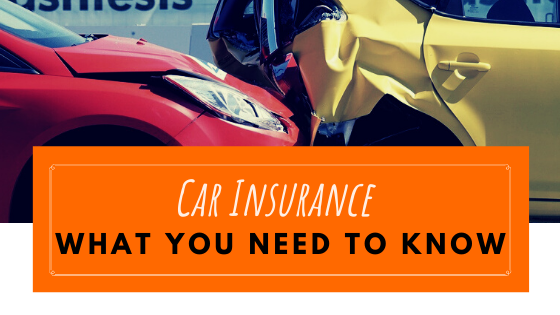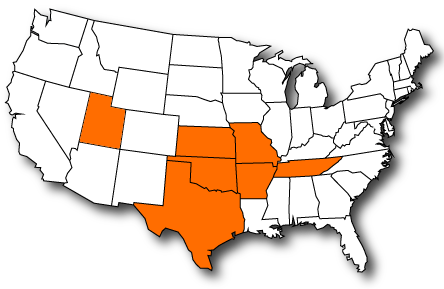Last week, I bought my first car! I test drove it, “kicked the tires” so to speak, headed inside the dealership out of the blazing Northwest Arkansas summer sun, and closed the deal after signing mounds and mounds of paperwork. And then, the salesman handed me the keys.
Was this real? I can’t be buying a car right now and he DEFINITELY shouldn’t be handing me keys. This was my first “grown-up” purchase since finishing college, and here I am, sitting in a car that is all mine!
After my congratulatory speech to myself for being such an “adult” and handling the car buying process with such ease, I realized how “un-adult” I felt. I wondered, “What kind of car insurance do I need?” and, “What do these coverages mean?”, and “How do I find the best coverages that fit for me?”. I’ve changed my mind about this “adult” gig.

Luckily, I could rely on my wonderful and brilliant co-workers at G&G Independent Insurance to guide me through the car insurance process.
Your car insurance has a lot of different aspects that protect you in different ways, and it’s important to know what is included in your auto insurance. So, let’s get down to the nitty-gritty and answer your car insurance questions!
What does my auto insurance include?
Like everyone’s car is not the same, not all car insurance policies are written the same. Here is what your car insurance policy may include:
Liability Coverage
Liability coverage can include Bodily Injury Liability and Property Damage Liability. Bodily Injury protects you if you injure or kill someone while operating your vehicle. It also is lawsuit protection and can pay for settlement or lawsuit expenses due to an accident. Property Damage Liability protects you if your car damages someone else’s property and provides legal defense if another party files a lawsuit against you.
Personal Injury Protection (PIP)
PIP typically pays for the medical expenses of the injured driver and passengers in your car.
Uninsured/Underinsured Motorist Coverage
Uninsured/Underinsured Motorist Coverage pays for your injuries caused by an uninsured or underinsured driver.
Comprehensive Coverage
Comprehensive pays for losses that result from an incident other than collision. For example, comprehensive covers damage to your vehicle if it is stolen, or if it is damaged by flood, fire, or animals.
Collision Coverage
Collision pays for damage to your car when your car hits, or is hit by, another vehicle or other object.
Each of these coverages is different and answers a different insurance need. Now, let’s think of a scenario, shall we?
You have a great policy, you love the service from your insurance agency, and you have no complaints with your car insurance coverage. Then, you talk to the Joneses next door and realize that they’re paying half of what you are! How can this be??
Let me break it down for you. Your insurance is based on your risk profile, which considers your driving history, your car, the state you live in, etc. This is all jumbled up together to create a base rate. After the base, you get to add on extra coverages that better protect you, so the Joneses may only have liability coverage, while you have all of the other worthwhile coverages that the Jones’s don’t have.
You have the triple-scoop ice cream cone with whipped cream and sprinkles and the Joneses have the last little spoonful that’s melted at the bottom after a hot Arkansas summer day.
It’s all ice cream but not exactly the same, right? Same goes for your car insurance. You can’t compare prices, because no two car insurance policies are equal.

How much coverage do I need?
Your car insurance requirements depend heavily on what state you are living in. For example, Arkansas requires drivers to have 25/50 liability coverage. This means that your policy will pay up to a maximum of $25,000 per person and a total of $50,000 in claims for a single accident.
While this may seem like a lot of money, it is highly recommended that you have more coverage than the state minimum requirement.
Don’t have a policy that only covers you if you hit a Ford Pinto when you could be in an accident with a Ferrari! You’re going to want that triple-scoop coverage. A good rule is to have enough coverage to cover the amount of damage your car might cause to another person’s vehicle or property.
How do I save money on my car insurance while still having great coverage?

Nobody wants to pay more money than they need to (especially a recent college graduate like myself!). G&G Independent Insurance recommends these tips to keep adequate coverage and save some money at the same time!
Combine coverages
At G&G Independent Insurance, for example, many of our carriers offer hefty discounts when you combine policies, such as your home and car insurance. Call your Insurance Advisor to include a quote with a combined policy.
Raise your deductible
If you are financially comfortable with paying a higher deductible, you can lower your car insurance premiums. However, make sure your emergency fund is enough to cover your deductible just in case you have an accident.
Drive Safely
By keeping a clean driving record, you can keep your premiums low. Also, you can usually receive a discount if you take a defensive driving course.
Choose Cars Wisely
If you have a car that is relatively cheap to repair, it can lead to lower car insurance premiums. On the flip side, if you have a car that is commonly stolen, you could have a spike in your car insurance costs. Here is a list of the top 10 vehicles that are stolen in the U.S..
I feel much better about my car insurance, and I hope you do too! Perhaps I can handle this whole “adult” thing after all!


